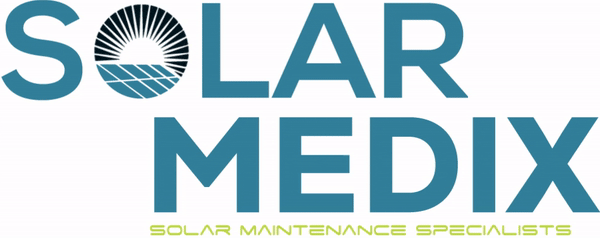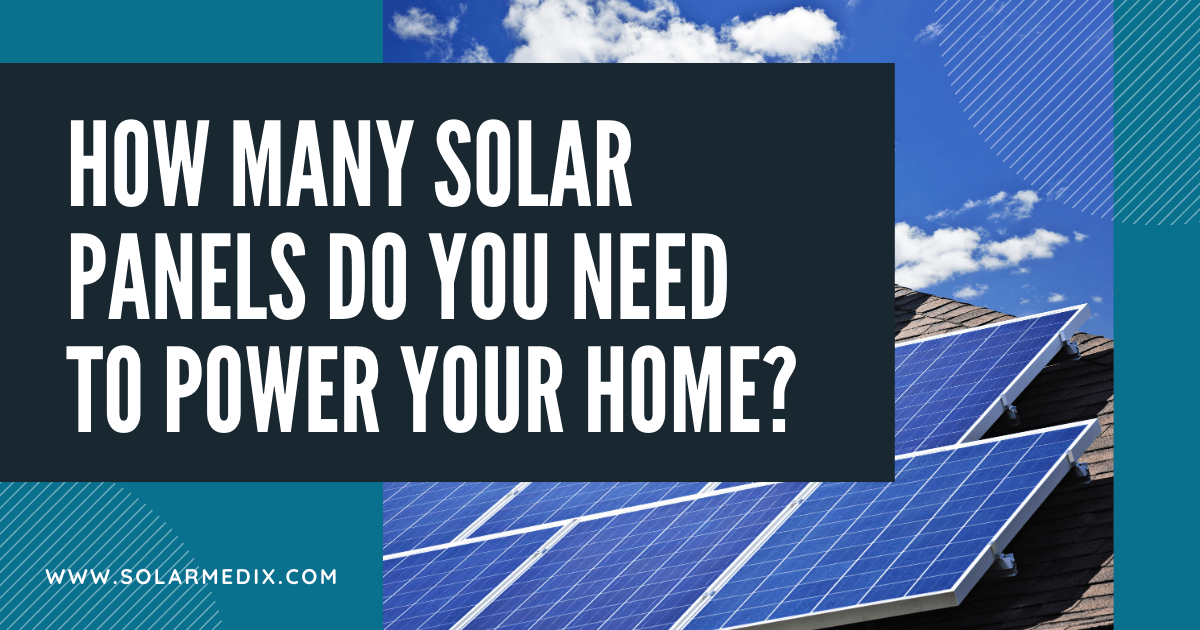How many solar panels do you need to power your home? If you are planning to install solar panels onto your home, you should call on an expert to help you determine the number of panels you need. However, some general factors can help you to get a rough estimate beforehand.
Here is a breakdown of these factors, along with some other information to help you make the right investment based on your needs:
The Standard Number Of Panels For An Average Home
How many solar panels do you need? Well, that depends… In the U.S., the average home is typically between 1,500-2,000 square feet, and in most locations, the cost of power ranges between $110-$125 a month.
A home of this size would require approximately 16 to 25 solar panels to cover the owner’s daily electricity needs. Solar thermal panels can also be installed, which would offset the average hot water consumption by around 70%.
Solar Photovoltaic Panels vs. Solar Thermal Panels
Photovoltaic (PV) cells are made of various materials, with the main ones being selenium, arsenic, and silicon, which directly convert solar radiation into electrical energy. Solar thermal panels also collect raw energy from the sun, but instead of converting it into electricity, they’re mainly used to heat air and water. There are also hybrid panels available that combine both solar thermal and solar photovoltaic in the same unit.
How Much Sunlight And Shading Your Roof Gets
How many solar panels do you need if your home is shaded?
Various factors come into play when determining the number of solar panels you need to power your home. One of the main factors is the direction your roof faces because this impacts how much sunlight can hit your panels depending on how much shading your home’s roof gets.
To get an accurate figure, you should contact a professional. They have devices such as solar pathfinders that they use to determine how much sunlight your home receives annually, which helps to reveal how much power your home can generate.
Solar professionals also have another device that helps determine the amount of shading your home gets. Once this data is gathered, it is then put into a program that provides an accurate measurement of the number of panels you need.
How The Number Of Panels Affects The Payback Period
The payback period is the average amount of time it takes for the cost savings from your solar system to pay for itself. For an average home with 16-25 panels, the average payback period for the solar system typically ranges from six to twelve years.
Depending on your location, your power company could offer net metering, which allows you to sell excess power to them. Doing this will help you to save more money over a shorter period.
If your home is covered by a lot of shade or faces in a direction that causes it to receive less sunshine, the payback period can be much longer. Even if it takes longer, you should note that an average solar system has a lifespan of 25 years with minimal maintenance. The system will eventually pay itself back even though it may take a bit longer if conditions are not optimal.
How Many Solar Panels Do You Need?
As you can see, many factors go into determining how many solar panels are needed to power your home, and some go beyond this list. Because the above information is based on rough estimates, you should contact a solar professional to accurately determine how many solar panels are needed based on the size of your home and your household annual energy usage.
The best time to install a home solar system is now to start enjoying the many benefits one has to offer, from saving money to minimizing your carbon footprint! I hope that this answers how many solar panels you need for your home.













